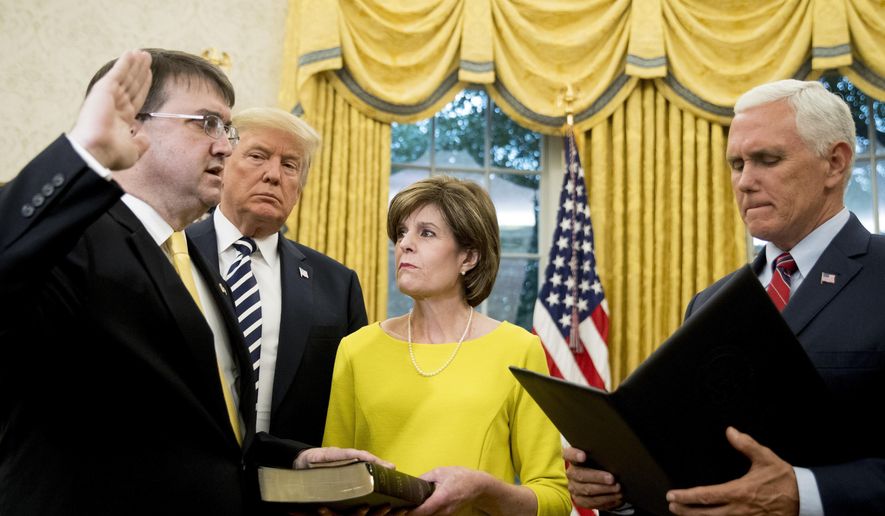Suicide prevention outreach at the Department of Veterans Affairs has declined dramatically over the past two years and millions of dollars budgeted for media campaigns aimed at veterans remains unspent, a government watchdog said this week in a scathing report that suggests a lack of leadership on a key issue facing veterans.
In its report, the Government Accountability Office (GAO) found that VA suicide prevention campaigns on social media have fallen significantly over the past two years. The efforts peaked in 2016, when the VA’s social media contractors released 339 pieces of content across traditional media and online platforms such as Facebook and Instagram.
Last year, that number fell to 159. As of July 31, the VA has produced only 47 pieces of suicide-prevention content online this year, the GAO said.
The drop is not for lack of funding. For fiscal year 2018, the VA had a total budget of $17.7 million for suicide prevention effort; of that, $6.2 million was specifically earmarked for media outreach.
As of September, officials at the department’s Veterans Health Administration said they’d spent only $57,000 of that $6.2 million.
“VHA officials reported not having leadership available for a period of time to make decisions about the suicide prevention media outreach campaign,” the report reads in part. “GAO found that VHA did not assign key leadership responsibilities or establish clear lines of reporting, and as a result, its ability to oversee the outreach campaign was hindered. Consequently, VHA may not be maximizing its reach with suicide prevention media content to veterans, especially those who are at-risk.”
Roughly 20 veterans commit suicide each day, according to government estimates. The VA in recent years had made suicide prevention a top priority. Among other initiatives, the VA’s media outreach directs veterans to a 24/7 hotline known as the Veterans Crisis Line.
The GAO found that the structure inside the department has left the VA’s suicide-prevention efforts lacking.
“VA has stated that preventing veteran suicide is its top clinical priority; yet VHA’s lack of leadership attention to its suicide prevention media outreach campaign in recent years has resulted in less outreach to veterans,” the GAO said. “While VHA identifies the campaign as its primary method of raising suicide prevention awareness, it has not established an effective oversight approach to ensure outreach continuity.”
In a statement to The Washington Times, the VA said that Secretary Robert Wilkie is fully committed to preventing veterans’ suicides. The department also said it agrees with several key recommendations from the GAO, including that the department develop a comprehensive approach for handling media outreach and ensuring roles and responsibilities are clear.
“We accept GAO’s recommendation to do more to evaluate the effectiveness of the suicide prevention media outreach campaign,” the VA said. “The suicide prevention office has begun to leverage VA’s expertise in health communication and evaluation to determine additional measures of effectiveness. After analyzing this information, the office will finalize metrics, targets, and the subsequent evaluation strategy.”
• Ben Wolfgang can be reached at bwolfgang@washingtontimes.com.




Please read our comment policy before commenting.